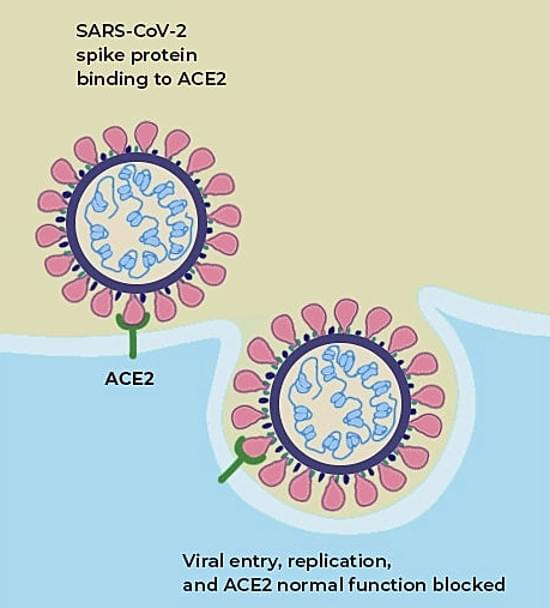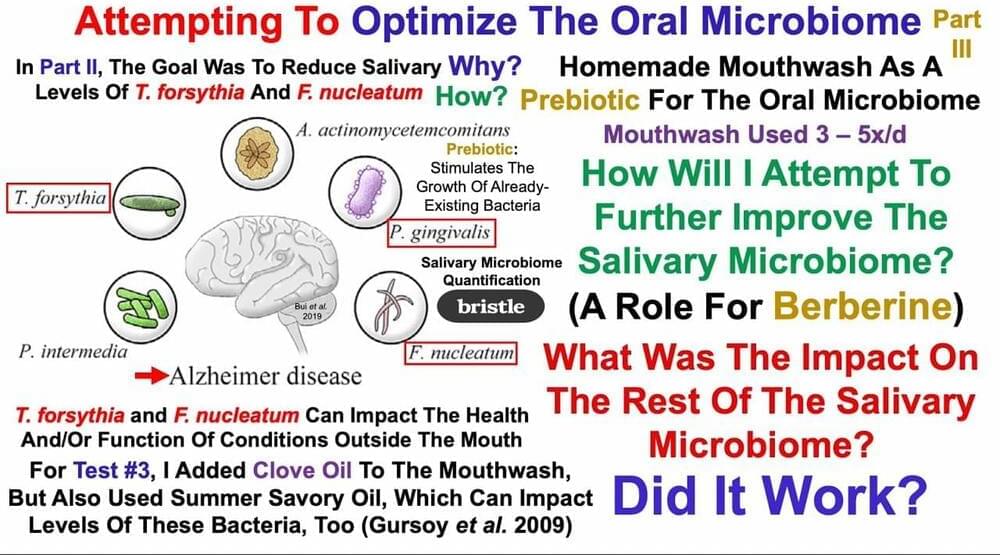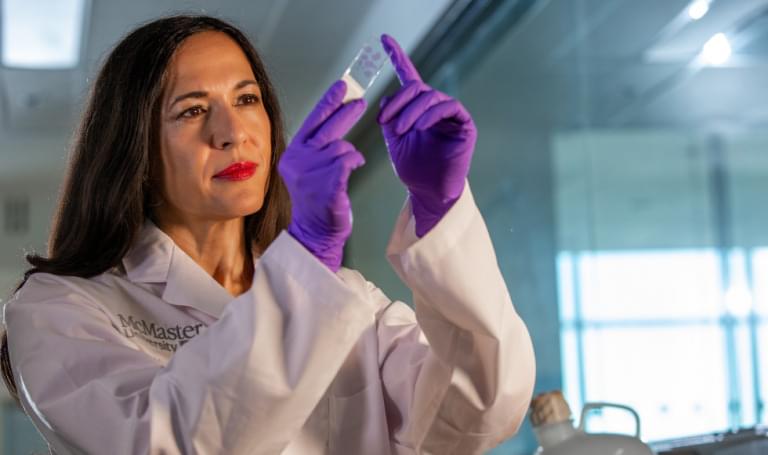Jan 8, 2023
COVID-19 Defence May Soon Have a New Weapon In Our Collective Arsenal
Posted by 21st Century Tech Blog in categories: biotech/medical, futurism
A new drug that contains an ACE2 decoy molecule may be the way we stop COVID-19 permanently.
What’s Needed is a New Approach
A recent paper appearing in Science Advances published on December 7, 2022, describes a new approach to tackling COVID-19. A new drug in animal trials has shown effectiveness in stopping the spread of coronaviruses and all variants. It is the way this drug works that gives it a unique advantage not just to stop present Omicron and other COVID-19 versions but all future evolutions of the virus and other coronaviruses.
Continue reading “COVID-19 Defence May Soon Have a New Weapon In Our Collective Arsenal” »


















